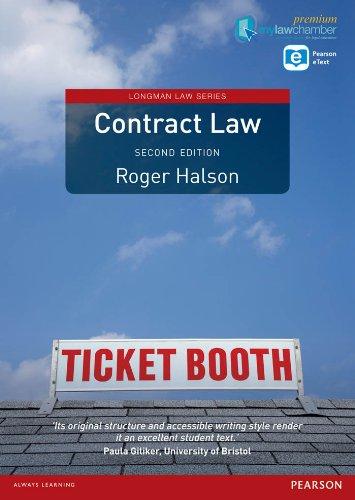Question
From art 2.2 we can see that at the date of the doc Goodman Fielder (Fiji) Ltd is a subsidiary of a company called Goodman
From art 2.2 we can see that at the date of the doc Goodman Fielder (Fiji) Ltd is a subsidiary of a company called Goodman Fielder Wattie Ltd.
Story Link: https://www.chegg.com/homework-help/questions-and-answers/goodman-fielder-fiji-limited-extract-articles-accompanying-schedule-concerning-share-class-q20377247
What's the current situation? Does Goodman Fielder (Fiji) Ltd still exist?
If yes, has the name changed?
If yes, who now are the shareholders?
One would have to conduct a Cos Office search in Suva to answer these questions.
The governing law at the time of the doc was the old Cos Act i.e. Cos Act 1983.
This Act required a private co to have a minimum of 2 shareholders.
In Art 2.2 we see that all issued A Class Shares and B Class Shares are held by Goodman Fielder Wattie Ltd with the exception of one A Class Share that is held by a nominee for Goodman Fielder Wattie Ltd. By having a single share held by someone else we can satisfy the rule that required a minimum of 2 shareholders.
From the doc we see that there are 3 classes of shares called A Class Shares, B Class Shares and Preference Shares.
These names are potentially misleading. It sounds like there is a single class of preference shares. That in fact is not the case. The B Class Shares are preference shares.
In terms of categorisation we could say the company has ordinary shares (called A Class Shares) and two classes of preference shares (called B Class Shares and Preference Shares).
Note in naming shares you can call them what you like. But as a practical rule it is best not to adopt misleading names.
The Preference Shares are redeemable, fixed and cumulative.
The B Class Shares are not redeemable, fixed and not cumulative.
As a general rule the decision whether a dividend will be paid in any year is given to the co's directors. (When I say given, I mean given by the co's constitution i.e. the articles.)
The B Class Shares are unusual in providing that a dividend must be paid if there are profits available (the relevant profit being defined as the 'Surplus Profit for Distribution').
It is unusual to see a mandatory dividend.
The preferential div on B Class Shares is measured as 32% of par value.
Shares under the Cos Act 1983 had a par value. (Shares under the new Act do not have (cannot have) a par value.)
The par value of a share was set in the co's memorandum. (Recall under the new Act there is no memorandum of association.)
Shares of Goodman Fielder (Fiji) Ltd had a par value of $1.
Par value is a legal matter.
The issue price is a business matter.
Shares with a par value of $1 could be issued (be priced) for $1 or $1.30 or $3 or $10 etc etc.
If the issue price was $1 then the div is very large. But if the issue price was say $10 then the div is quite small. In talking about large and small I have in mind return on investment; large return on one's investment or a small return on one's investment.
The situation is different in relation to the Preference Shares described in the Schedule. Here the preferential dividend is quantified by reference to the share's issue price.
The issue price of shares would be reported in the Return of Allotment, a doc filed when shares are issued.
All the above is a rather lengthy introduction. Following is your discussion question:
(i)Summarize (no quoting) the share conditions for the Preference Shares.
(ii)As regards receipt of a dividend how do you rank the A Class Shares, B Class Shares and Preference Shares?
(iii)If you could own some shares of only "one class", which class would you prefer? Provide reasons for your choice. In answering this question presume the year is 1995.
Step by Step Solution
There are 3 Steps involved in it
Step: 1

Get Instant Access to Expert-Tailored Solutions
See step-by-step solutions with expert insights and AI powered tools for academic success
Step: 2

Step: 3

Ace Your Homework with AI
Get the answers you need in no time with our AI-driven, step-by-step assistance
Get Started


